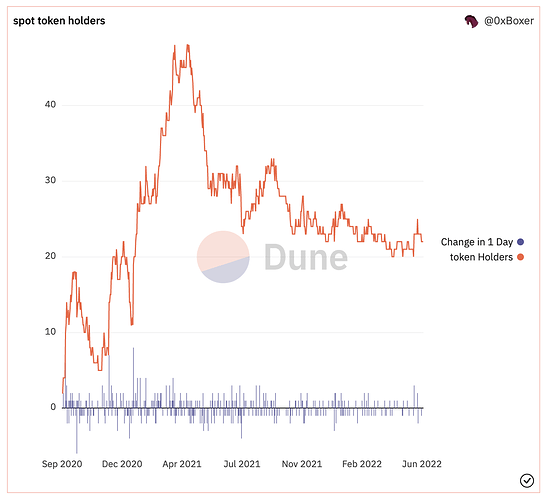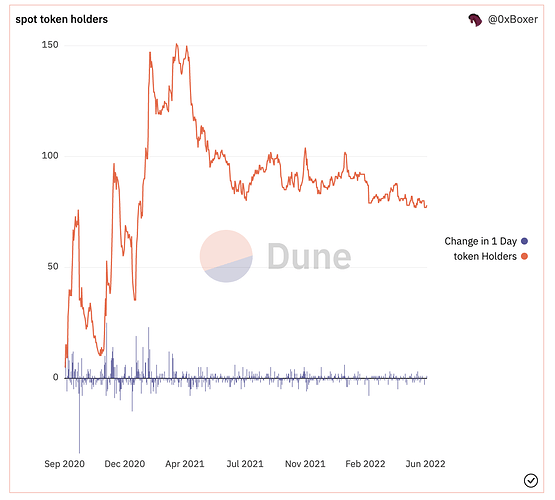The recent NFT/Crypto-wide drawdown had a lot of PRINTS holders looking for liquidity. It is known that our OTC channel has not been the best mechanism for price discovery and for matching buyers and sellers. Some of the issues:
- No permanent record for order (orderbook-style). The seller/buyer needs to constantly be broadcasting the buying/selling orders
- Doxxing, given members have to broadcast orders under their name
- Puts the onus of communication and negotiation between buyer and seller on the members. This can be costly and frustrating
Most collector DAOs don’t have any liquidity mechanism, so, despite being imperfect, the OTC mechanism is at least a solution.
As an intermediary step before addressing liquidity in an automated, long-term sustainable way, an OTC desk managed by the DAO could be a step in the direction of organizing the demand and supply, and taking away the burden of being the “salesman” from the members themselves.
Paired with some ETH provided by the DAO to execute a buyback to start the market-making, I believe we can have a sense of how the PRINTS market should evolve.
The key decisions here would be:
- OTC desk mechanics
- Size of the ETH budget for buyback
- Price of the buyback
On (3), I believe the DAO should always be willing to buy PRINTS at NAV or below. That would be equivalent of us increasing our exposure to our existing collection. However, PRINTS have historically traded above NAV, so it would be interesting to get input on this point.

